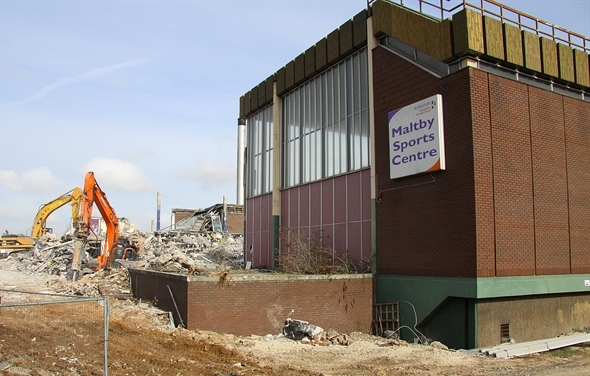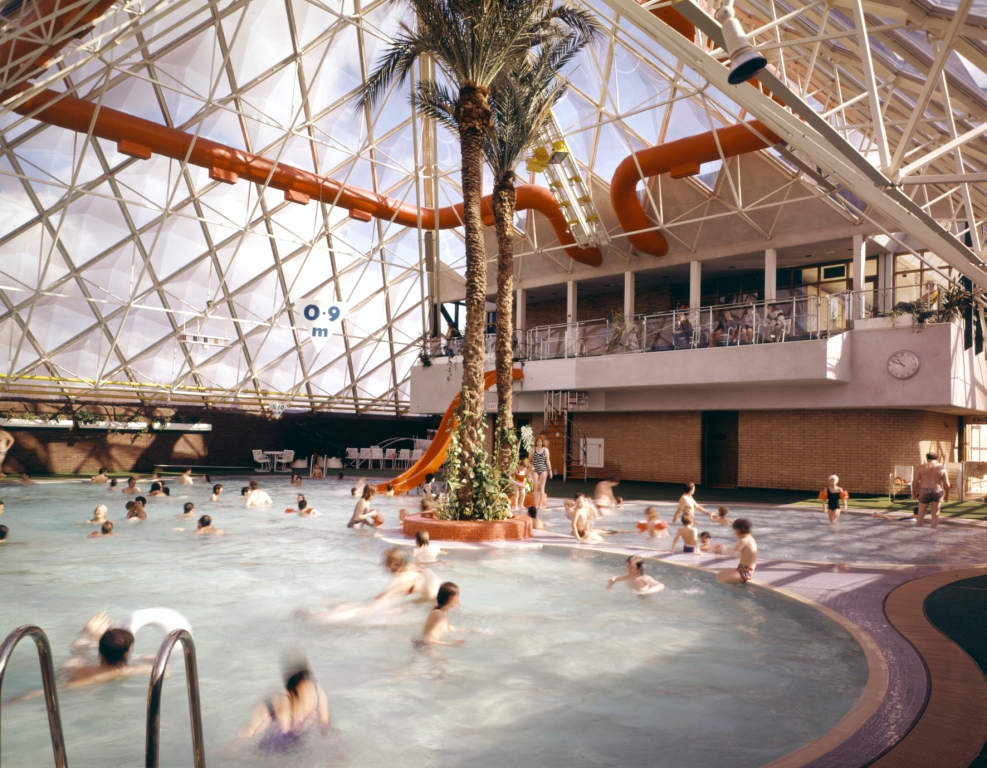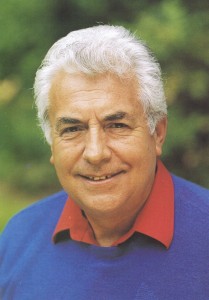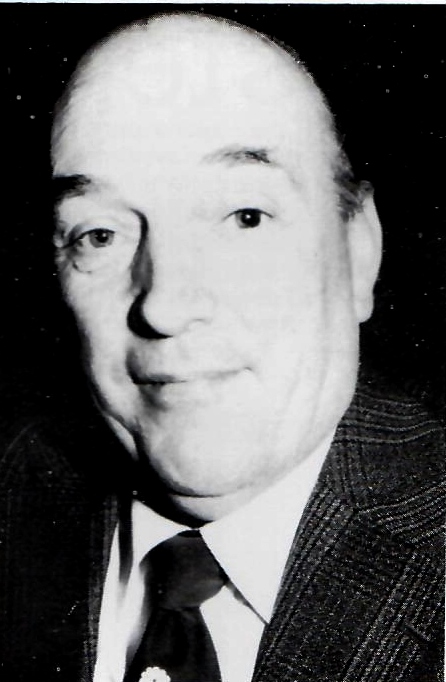Public administration, and especially national and local government, have been central to sports centre development over the past six decades. They remain so today as we head towards the third decade of the 21st century. Notwithstanding the early presence of a small number of trusts, most centres have been and still are owned by local authorities, and until the 1990s were operated by them directly. Such has been the importance of local government to sports centres, swimming pools and sports development that the re-organisation of its local structures and governance at various times over a period of fifty years has been a very significant influence and context. This is no surprise as far as sports centres are concerned, as the very large capital and revenue costs of such buildings were far more suited to public sector finances.
Understanding the nature, context and evolution of UK local government is a crucial part of the history of the sports centre. Sport and recreation have never been statutory functions for local government and therefore in many ways it is even more remarkable that the growth largely occurred through the medium of Borough and District Councils. This is apart from the involvement of County Councils as education authorities in joint provision centres, as counties were rarely direct providers in England and Wales. This is especially so as the reality is that non-statutory services (the “discretionary block” in local government finance) are always the most vulnerable to financial pressures. All recreation management bodies over the years have tried to persuade Government to make ‘sport and leisure’ a statutory function, but without success.
From the 1960s there were several re-organisations of local government that sought to achieve better-managed and better-financed authorities for different areas. In the early 1960s the UK was largely covered by administrations based on counties and a mixture of second tier authorities of municipal boroughs and rural and urban districts, plus a further sub-structure of town and parish councils. In the late 1960s and early 1970s it was often local pressure from the towns and parishes that contributed to the decisions on centre provision and locations. There were also county boroughs, which were autonomous single tier authorities, outside the County Council structure. As we have seen, all these various types of Council were involved in some of the very first centres, ranging from the councils of Castle Ward District and Ponteland Parish, to Stockton Borough and Easthampstead Rural.
The London Government Act 1963, implemented in 1965, had officially recognised the conurbation known as Greater London and created a new local government structure for the capital. The Act significantly reduced the number of local government districts in the area, resulting in London Boroughs being responsible for larger areas and consequently populations. The upper tier of local government covered the whole of the Greater London area with a more strategic role, and the large boroughs became the lower tier of the system. This in itself had a bearing on the provision and location of sports centres and, more particularly, swimming pools.
The establishment of the new County Borough of Teesside in April 1968 abolished or reduced ten former authorities. This was a pathfinder in local authority reorganisation outside London. It was particularly relevant to the early Teesside sports centres. Some of these sports centres had been provided before Teesside Borough and all well before the re-organisation of local government nationally had been conceived. The new Teesside Borough established a major committee and matching department for the arts and recreation. The new department, headed by a chief officer, spanned services covering the arts, libraries, museums and art galleries, entertainments, sport and physical recreation, baths, parks, and catering. This was a model which would be later adopted by many larger scale authorities, for example, Thamesdown in Wiltshire.




